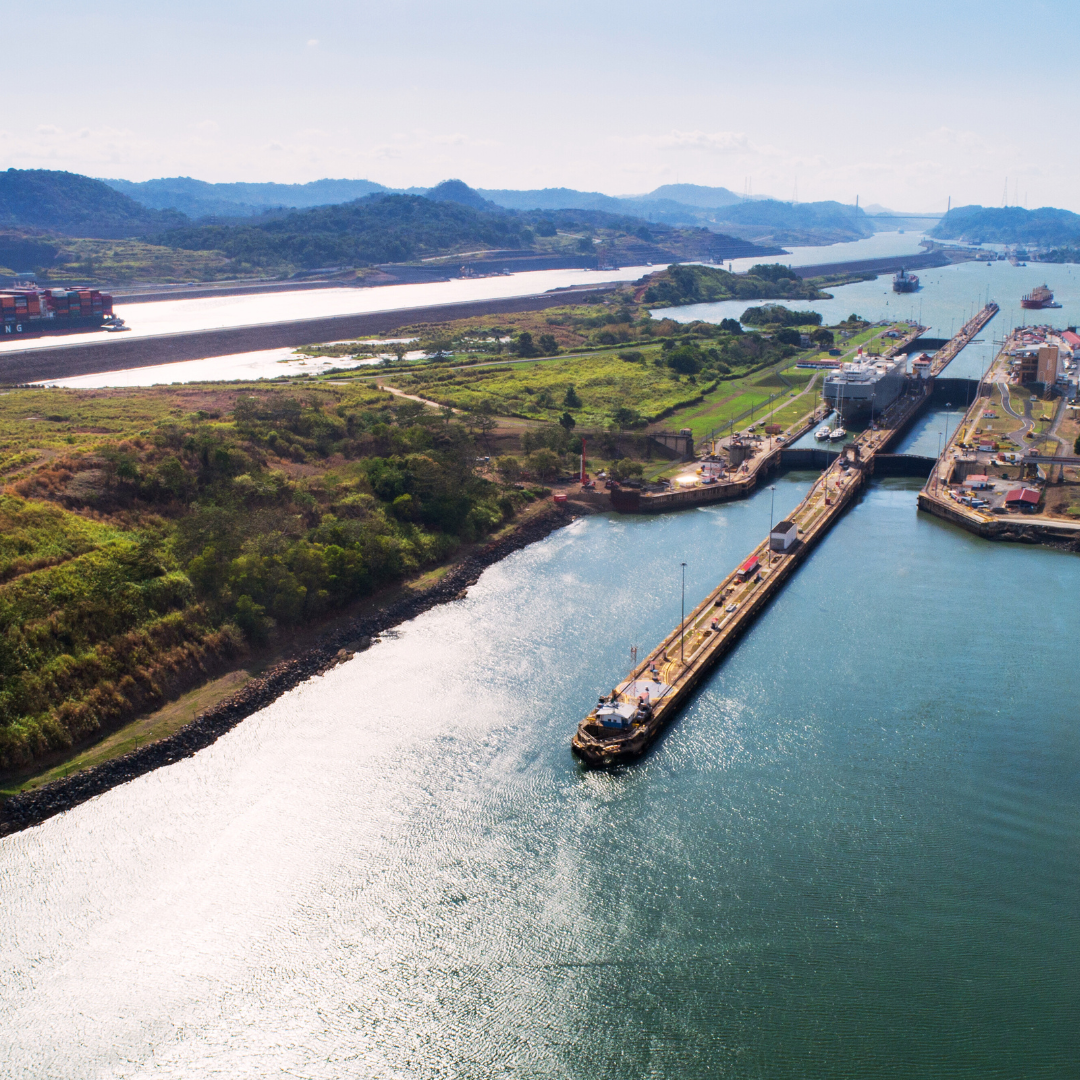Sailing the Panama Canal: Navigating One of the World’s Greatest Engineering Marvels

The Panama Canal, a 50-mile waterway connecting the Atlantic and Pacific Oceans, stands as a testament to human innovation and determination. Conceived in the 16th century and completed in the early 20th, this engineering marvel has transformed global trade routes and reduced transit times considerably. As vessels sail through its locks and channels, they not only traverse a passage but journey through history, nature, and ingenuity. This article delves into the intricacies of navigating the Canal, from understanding its inception to appreciating its global significance.
The Historic Journey: Understanding the Canal’s Creation
Long before its completion in 1914, the idea of a canal connecting the Atlantic and Pacific Oceans intrigued explorers and merchants alike. The narrow Isthmus of Panama presented a tempting challenge: could a canal be constructed that would eliminate the perilous journey around the southern tip of South America?
The French, led by Ferdinand de Lesseps who successfully constructed the Suez Canal, embarked on this ambitious project in 1881. However, the combination of the region’s dense jungles, tropical diseases like malaria, and complex geological challenges proved overwhelming. By 1894, the French effort collapsed after the loss of over 20,000 lives and significant financial investment.
The United States, seeing the strategic and commercial potential of such a canal, took over the project in 1904. Under the guidance of engineers like John F. Stevens and George W. Goethals, they revolutionized construction techniques, improved health conditions, and eventually completed the canal in 10 years. The finished canal, with its system of locks and gates, was a testament to engineering prowess and sheer determination.
Locks in Action: Miraflores, Pedro Miguel, and Gatun
The genius behind the Panama Canal’s functionality lies in its system of locks. These massive chambers raise and lower ships to and from the varying levels between the two oceans and Lake Gatun.
Miraflores locks, the closest to the Pacific Ocean, comprise two stages and elevate ships a total of 54 feet. A short distance away, the Pedro Miguel lock lifts vessels an additional 31 feet into Lake Gatun. On the Atlantic side, the Gatun locks, a series of three chambers, lower or raise ships the 85 feet difference between the lake and sea level.
Each chamber fills with over 100 million liters of freshwater, and the gravity-driven process is so precise that ships, sometimes mere inches from the chamber walls, transition smoothly, showcasing the innovative design and meticulous construction.
Canal Etiquette: Navigating with Care and Precision
Sailing the Panama Canal isn’t just a straightforward journey; there’s a protocol to follow. Pilots from the Panama Canal Authority come aboard to guide ships through the passage. It’s mandatory for vessels to take on these pilots, who have intimate knowledge of the canal’s nuances.
Size matters in the canal. “Panamax” is the term for the maximum size of a vessel that can traverse the canal, and these specifications are crucial. Larger vessels, termed “Neopanamax,” can only navigate the newer set of locks opened in 2016.
Ensuring safe distances, managing speed, and understanding right-of-way are essential to prevent accidents and bottlenecks. Respecting these rules not only ensures safety but also maintains the efficiency and flow of this crucial waterway.
Wildlife Wonders: The Canal’s Unexpected Inhabitants
The Panama Canal isn’t just about trade and ships; it’s a biodiverse hotspot. As vessels navigate the waterway, it’s not uncommon to witness a plethora of wildlife. From the agile capuchin monkeys to vibrant toucans, the surroundings are teeming with life.
The dense rainforests flanking the canal are conservation areas, protecting species like jaguars, anteaters, and countless bird species. Even beneath the water’s surface, aquatic life thrives, from freshwater turtles to unique fish species. The canal offers a unique blend of industrial might and natural beauty.
Anchoring Spots: Lake Gatun and Beyond
Lake Gatun, a man-made reservoir created during the canal’s construction, serves as a pivotal point in the canal journey. Besides aiding in the canal’s lock system, it offers anchoring spots for vessels awaiting their turn or those simply resting during transit.
The serene surroundings, with forested islands (many of which were hilltops before the region was flooded), provide a stark contrast to the industrial feel of the locks. It’s a place where sailors can reconnect with nature, even amidst their significant journey.
Facing the Challenges: Weather, Tides, and Timing
The tropics are known for their unpredictability, and the Panama region is no exception. Navigating the canal requires awareness of weather conditions, particularly during the rainy season when landslides and heavy water inflow can present challenges.
Tidal variations, especially at the Pacific entrance, can be significant. Timely transit is crucial, as a bottleneck or delay can disrupt the flow of dozens of vessels. Pre-planning, understanding the canal’s timetable, and adhering to schedules become imperative for a smooth journey.
Benefits Beyond Shortcuts: The Canal’s Global Significance
While the primary allure of the Panama Canal is its function as a shipping shortcut, its influence extends far beyond. The canal revolutionized global trade patterns, making goods more accessible and trade more efficient. It bolstered Panama’s economy, creating jobs and attracting investments.
Furthermore, it became a symbol of international cooperation and a testament to what can be achieved when barriers, both natural and bureaucratic, are overcome. The Panama Canal isn’t just a conduit for ships; it’s a bridge between cultures, economies, and histories.
Sailing the Panama Canal offers more than just a faster route; it provides a journey through time, nature, and human determination. As vessels meander through its locks and lakes, they partake in an ongoing story of ambition and achievement, of mankind’s ceaseless quest to conquer challenges and forge connections. As the waters of this engineering wonder flow, they carry with them tales of triumph, a legacy of innovation, and a beacon of global unity. The Panama Canal stands not just as a marvel of engineering but as a testament to the indomitable human spirit.


